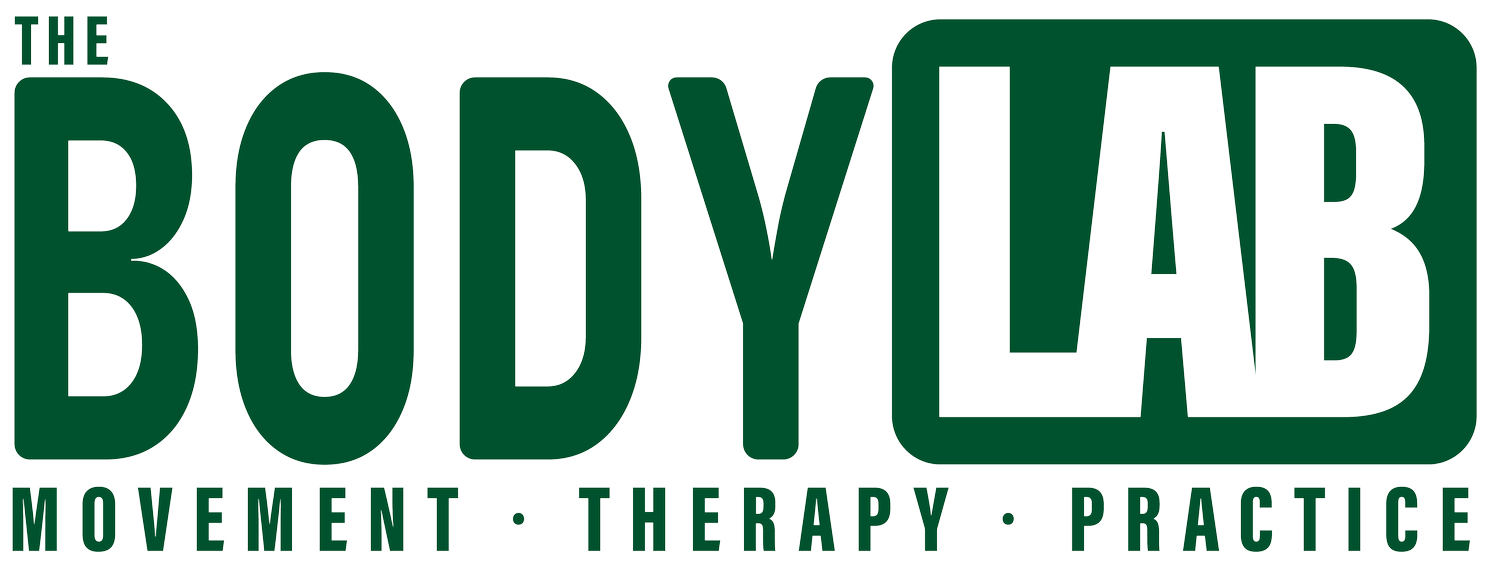Understanding ACL Injuries in Female Athletes: Mechanisms, Risk Factors, and Prevention
What Is the ACL?
The Anterior Cruciate Ligament (ACL) is one of the four major ligaments in the knee. It connects the femur (thigh bone) to the tibia (shin bone), limiting forward movement of the tibia and controlling knee rotation. In short: it’s the ligament that keeps your knee from giving way when you cut, pivot, or land.
Role of the ACL
The ACL’s job is to stabilise the knee during high-speed, high-torque movements—think sudden stops, rapid deceleration, and explosive direction changes. It acts like a seatbelt for your shin bone, keeping it from shearing too far forward. It’s vital in sports involving sprinting, jumping, and pivoting—exactly the kind of movements common in netball, soccer, AFLW, and basketball.
Mechanism of Injury
Roughly 70–80% of ACL injuries are non-contact—meaning they happen not from tackles or trauma, but from poor movement control. The classic mechanism? A sudden stop, pivot, or jump landing with the knee collapsing inward (valgus), often combined with internal rotation of the femur and tibia.
Female athletes are up to 8 times more likely to suffer an ACL injury than males in the same sport. Why? It’s multifactorial—anatomy, hormones, muscle firing patterns, and movement strategies all play a part (Prodromos et al., 2007; LaBella et al., 2014).
Hip Width Plays a Role
Women tend to have a wider pelvis, which increases the Q-angle—the angle between the hip and knee. This anatomical difference predisposes the knee to collapse inward into a valgus position when landing or cutting. This valgus loading massively increases ACL strain—especially when combined with poor glute strength or trunk control.
Role of Pronation Mechanics in ACL Injury
Overpronation isn’t just about feet that roll in—it’s a whole-body issue. When the foot excessively pronates, the tibia and femur follow suit, rotating inward. This can drive the knee into valgus collapse, especially if it happens rapidly or asymmetrically during dynamic movements. Repetitive overpronation creates torsional stress through the knee and contributes to delayed muscle firing in the glutes and core—another key ACL risk factor.
Toe-in landings, which increase internal rotation of the femur and tibia, are strongly linked to ACL rupture (Nessler et al., 2017; Dingenen et al., 2015).
Movement Patterns Matter
Biomechanical differences in movement strategy, not just structure, are critical. Research on elite athletes has shown that females often display different motor patterns—such as relying more on quadriceps and less on glutes, or landing with a stiffer knee. A 2023 study on elite judokas found female athletes demonstrated reduced control in internal rotation, especially in the non-dominant limb, potentially contributing to higher injury risk (Dogan et al., 2023).
The Missing Link: Movement-Based Overpronation
Here’s the kicker: most ACL prevention programs still overlook the role of the foot.
Think about it—every movement starts from the ground up. Overpronation is often brushed off as a foot problem, when in fact, it’s a full-body coordination issue. If your feet roll in excessively during gait, cutting, or landing, this sets off a chain reaction: tibial and femoral internal rotation, pelvic instability, and spinal compensation.
If we don’t correct these mechanics at the source—by retraining the foot-ankle complex and improving closed-chain rotation control—we’re just applying tape to a structural issue. Movement-based overpronation is the missing link in many ACL rehab and prevention plans. It’s not just about strength—it’s about timing, sequencing, and re-training joint actions in three planes of motion.
High-Profile Cases: Mary Fowler and Sam Kerr
The prevalence of ACL injuries among elite female athletes underscores the urgency of addressing this issue:
Mary Fowler, a 22-year-old forward for Manchester City and the Australian national team, suffered a ruptured ACL during an FA Cup semi-final in April 2025. This injury sidelines her for the remainder of the season and impacts Australia’s preparations for the 2026 AFC Women’s Asian Cup.
Sam Kerr, Australia’s all-time leading goal scorer and Chelsea FC striker, tore her ACL during a training session in January 2024. She has emphasized the importance of a cautious recovery to ensure longevity in her career.
These cases highlight the need for comprehensive prevention and rehabilitation strategies tailored to female athletes.
How We Can Help
At The Body Lab, we specialise in:
Foot and Gait Analysis: Identifying overpronation patterns and their impact on knee alignment.
Neuromuscular Training: Enhancing coordination and control to prevent dynamic knee valgus.
Customized Rehabilitation Programs: Addressing individual anatomical and biomechanical factors.
Education and Empowerment: Providing athletes with the knowledge and tools to maintain joint health.
Ready to take proactive steps in preventing ACL injuries?
Conclusion
ACL injuries in women aren’t just a fluke or bad luck—they’re the result of complex interactions between anatomy, hormones, foot mechanics, and movement habits. Understanding this helps practitioners, coaches, and athletes put prevention strategies in place that actually work.
If you’re a female athlete—or coach or clinician working with one—it’s time to look beyond glute strength and start assessing how the foot loads, how the body rotates, and how well each joint does its job under pressure.
References:
LaBella CR, Hennrikus W, Hewett TE. Anterior Cruciate Ligament Injuries: Diagnosis, Treatment, and Prevention. Pediatrics. 2014;133(5):e1437–e1450.
Prodromos CC, Han Y, Rogowski J, Joyce B, Shi K. A meta-analysis of the incidence of anterior cruciate ligament tears as a function of gender, sport, and a knee injury–reduction regimen. Arthroscopy. 2007;23(12):1320–1325.e6.
Dogan E, Arik M, Ulusoy T, et al. Differences in movement patterns related to anterior cruciate ligament injury risk in elite judokas according to sex: A cross-sectional study. Eur J Gen Med. 2023.
Hewett TE, Myer GD, Ford KR. Anterior Cruciate Ligament Injuries in Female Athletes: Part 1, Mechanisms and Risk Factors. Am J Sports Med. 2006;34(2):299–311.
Orthobullets: ACL Tear https://www.orthobullets.com/knee-and-sports/3008/acl-tear
BJSM: Mechanisms of Non-Contact ACL Injury https://bjsm.bmj.com/content/41/suppl_1/i47
NorthShore: Why Women Have More ACL Injuries Than Men https://www.nm.org/healthbeat/healthy-tips/why-women-have-more-acl-injuries-than-men
